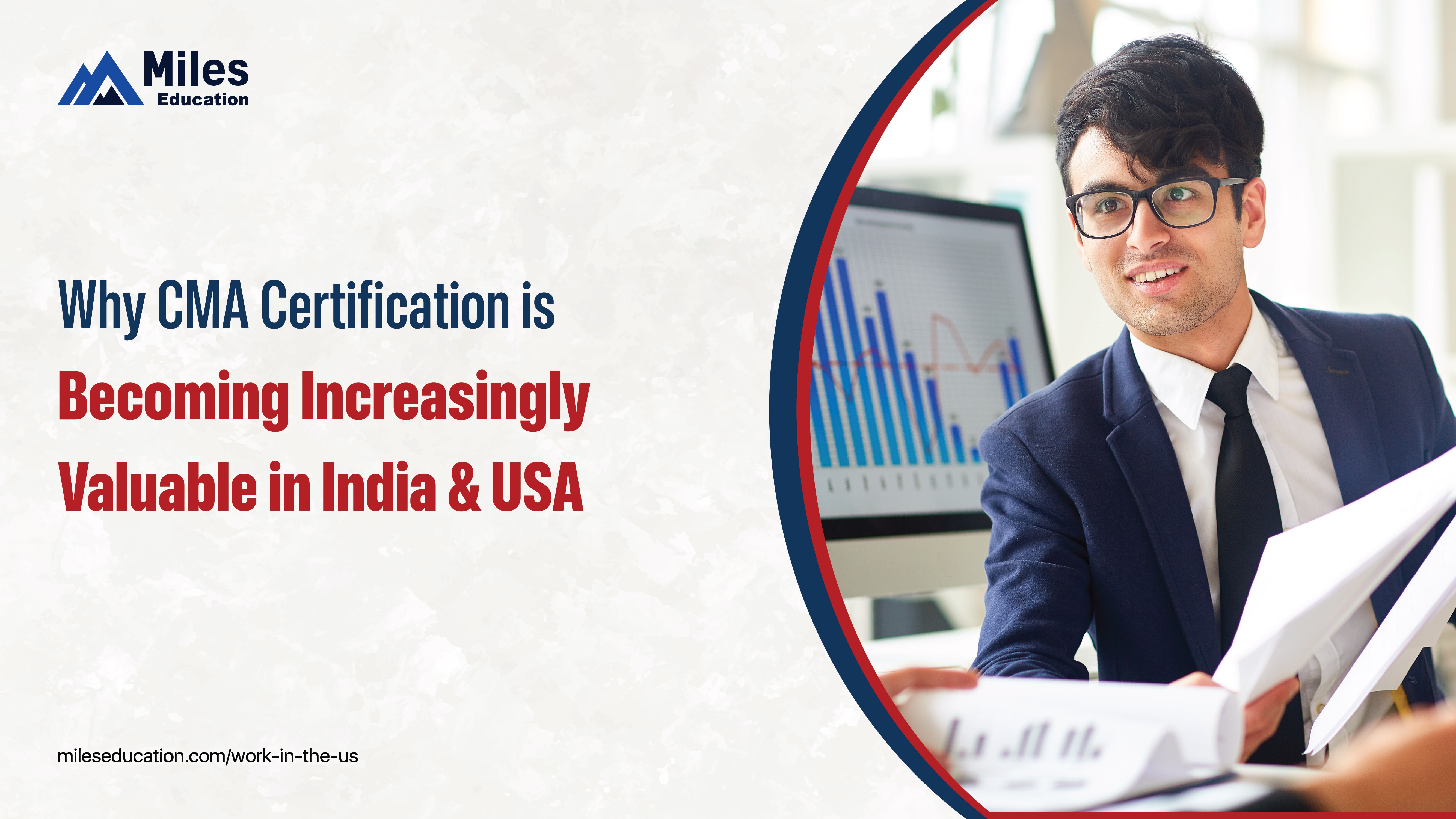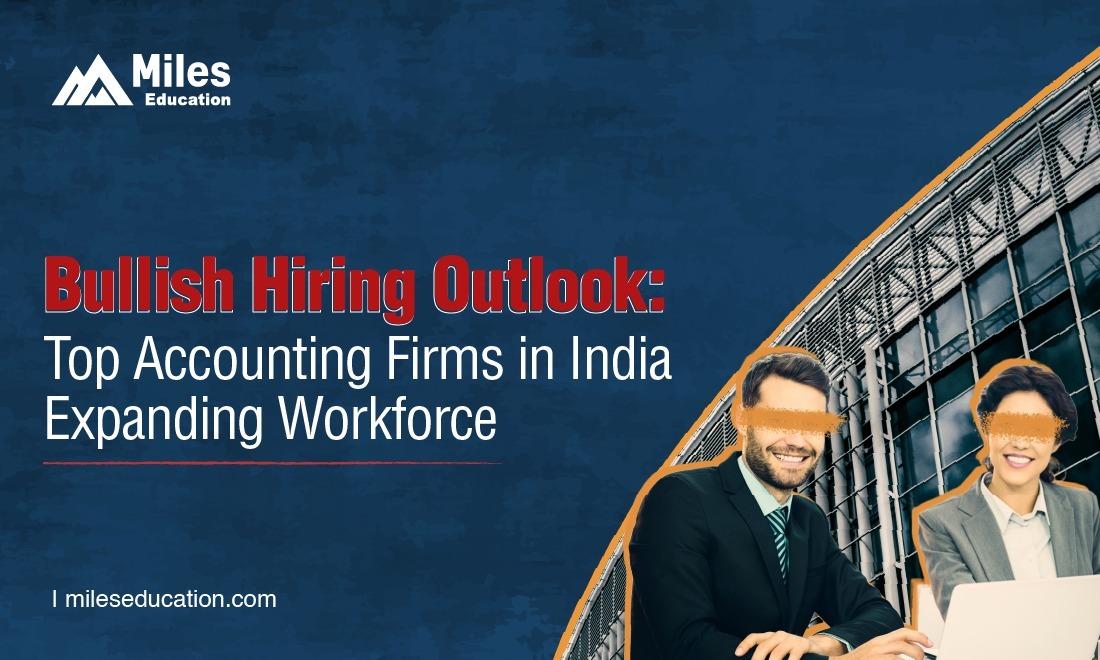Machine Learning, a subset of artificial intelligence, responds to the quality, objectivity, and size of training data. As long as the data adheres to ethical standards, so does the AI. But hey, you know it – humans can be a load of old codswallop. This can go wrong like curry in a cooker, burnt, smoked, and incredibly hard to clean up.
Machine learning bias stems from problems introduced by the programmers who design/train the machine learning systems. Duh right? Well, this is a loaded statement since they really can play God if they want to. (They could create algorithms that reflect unintended cognitive biases or real-life prejudices that they themselves hold. Or they could introduce these biases owing to the use of incomplete, faulty, or prejudicial data sets to train/validate the machine learning systems). The end result of a catastrophe remains inevitable as long as a great degree of human bias creeps into the data sets this way. It’s the compounding effect that becomes the problem you see, multiple prejudiced statements from several individuals/sources put together create a riot.
Alright calm down, Elon sure thinks things would take a turn for the worst eventually, but he’s nevertheless doing his best with Neuralink to integrate and even counter the dangers to an extent. Let’s help out. The ‘Frankenstein’s monster’ has already been created, it’s only about putting batteries in. So sit tight and nudge it in the right direction, and we might actually turn out to be okay.
Although these biases are often unintentional, the consequences of their presence can be significantly hazardous to areas/end-users these machine learning systems get deployed to. Yep, it can get bonkers. Depending on the application of these ML systems, such biases could result in poor customer service experience, plummeting sales and revenue, unfair or possibly illegal actions, and potentially dangerous circumstances.
The major types of cognitive bias that can inadvertently affect algorithms are confirmation bias, stereotyping, priming, bandwagon effect, and selective perception. While they may sound to be relatively trivial issues to creep into language or concepts in the training data, the context and intention set to harm can lead to truly fatal consequences.
Kinds of Biases :
There are innumerable ways for bias to be brought into a machine learning system. Common scenarios include :
Prejudice bias. I mean, take a guess right. The belief systems we hold are a result of generations of cultural influences and familial conditioning or ideas planted by the umpteen sources of media around. It’s no surprise that the data used to train the system would reflect our prejudices, stereotypes, and/or faulty assumptions, thereby introducing real-world biases into machine learning. For instance, using data about coders that include only males and no females would thereby perpetuate a real-world gender stereotype about the field, which trickles down to the majority of parents pushing their girl children into “more viable” careers that have nothing to do with coding.
Exclusion bias. This can happen easily if the modelers don’t recognize some of the data points as consequential or plainly, worth mentioning. When an important data point is left out this way of the data set, you miss the sight of the context in which the content was written. The message that comes through to the reader might be entirely different from what the writer intended. What’s next? Chaos. Sigh, avoid skipping things from the content provided at all costs okay? Okay. Moving on.
Algorithm bias. As in the name, this is an issue with the design of algorithms and not the data sets. Many of the social media platforms struggle with this. Individuals end up in rabbit holes and chase for superficial likes/followers that have nothing to do with genuine human connection/interaction. The algorithm that performs the calculations powering machine learning computations has to be immaculate enough to not trigger unintended loops.
Sample bias. Your samples have to be inclusive. Period. This borrows from the concept of ‘randomized control studies’; the golden standard for scientific research and development. When the data used are either not large enough or representative enough to teach the system, you reap faulty and problematic results. Exhibit A – using training data that features only older teachers at a particular university will train the system to conclude that all teachers are older and younger ones are not capable or qualified to take up the position.
Measurement bias. You guessed it, be honest and stop approximating the data. This bias occurs due to an underlying lack of accuracy in the data and how it was measured or assessed. Let’s say, you were told at the office we’re taking all employee pictures to assess the happiness levels at the workplace, you might go ahead and give a smile to keep that paycheck rolling. That’s straight-up bias since the individuals were allowed to influence the authenticity of the data sets. In the same way, a system trained to precisely assess weight will turn biased if the weights contained in the training data are consistently rounded up to whole numbers.
Preventing the Bias :
It’s simple, stay alert and aware. No rocket science to this, basic guidelines of ethical practices aren’t too complex to understand and implement. Good governance can help prevent machine learning bias; an organization that recognizes the potential for bias can then implement and institute best practices to combat it that include the following steps:
Bigger data sets. Make appropriately representative, your training data. The larger, the better. This will help counteract the common kinds of machine learning bias – sample bias and prejudice bias.
Test and validate. Make sure your results do not reflect bias due to algorithms or the data sets. The ML system can’t make the distinction for a good while, so stay on top of it.
Continuously monitor. Machine learning systems need babysitting as they perform tasks to ensure biases don’t creep in over time. The systems continue to learn as they work.
Use additional resources. A couple of great ones are Google’s ‘What-if Tool’ or IBM’s ‘AI Fairness 360 Open Source Toolkit’, to examine and inspect models, of course, go ahead and explore for more.
The revolution is not arriving, it’s already here. More than a career option, it is an ardent responsibility of humanity to fence potential risks posed by such intelligent systems in the process of learning and expanding themselves. The planet’s future depends on it, and this is no superhero movie line. It is plain fact. Let’s buckle up.





























1 thought on “Um, come again? Bias in Artificial Intelligence”
Very Interesting Blog Article. Thanks For Sharing